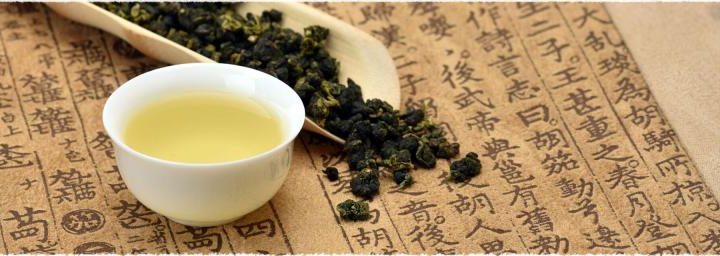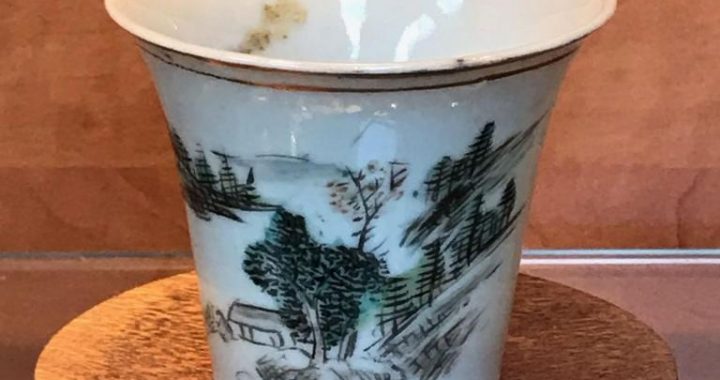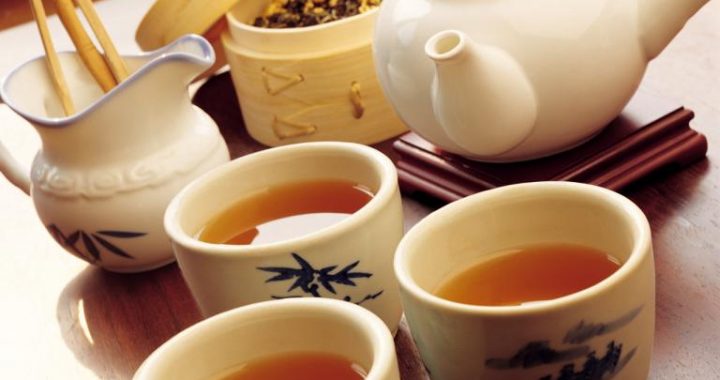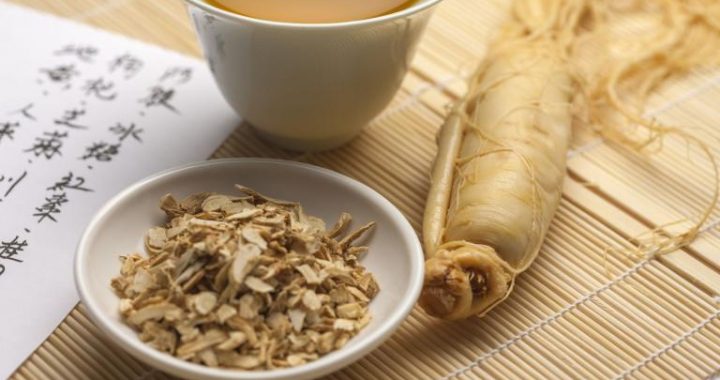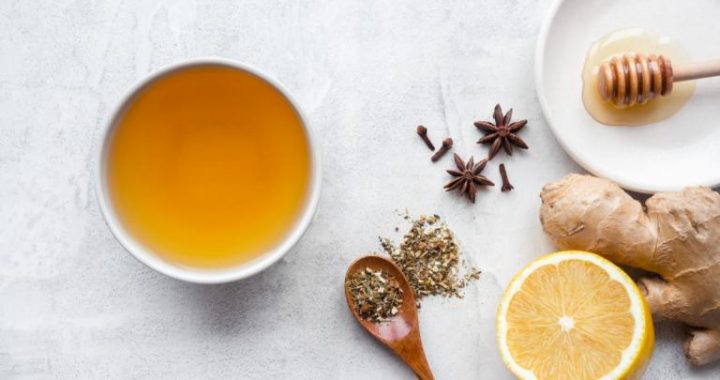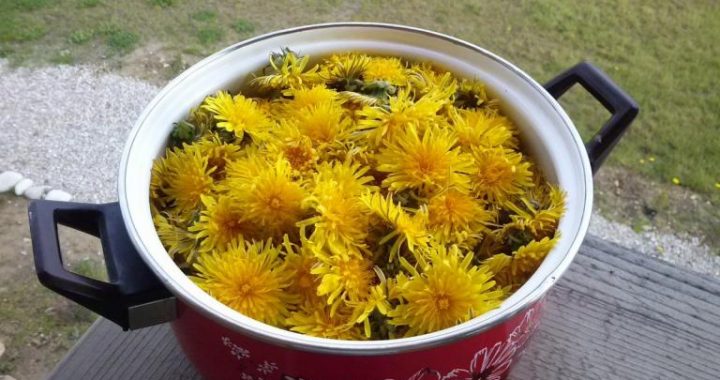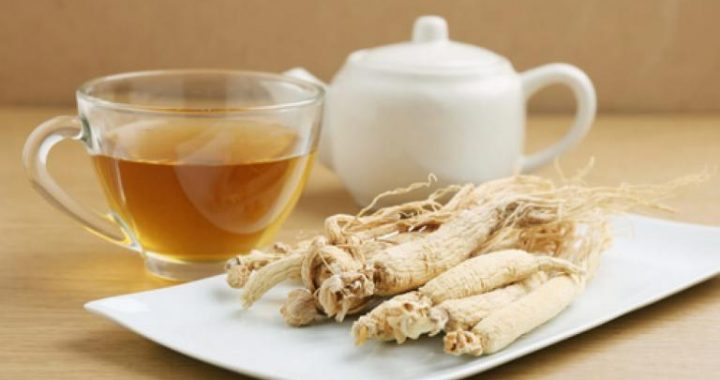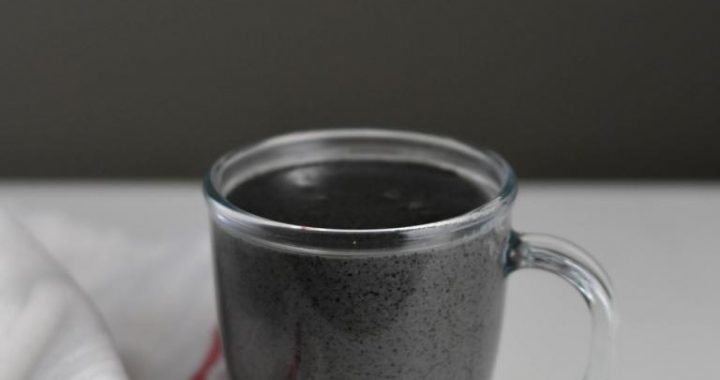According to the storage environment: dryly stored tea and damply stored tea
2 min readDry storage and damp storage are relative. The fermen-tation of Puerh tea requires predefined temperature and humid-ity. The naturally stored and fermented tea is called dryly stored tea. Tea placed in an artificial environment, with higher temperature and humidity to hasten the fermentation process, is called damply stored tea.
Dryly stored tea is not necessarily of high quality or damply stored tea necessarily inferior because storage condi-tion is merely one of many factors affecting the quality of tea.
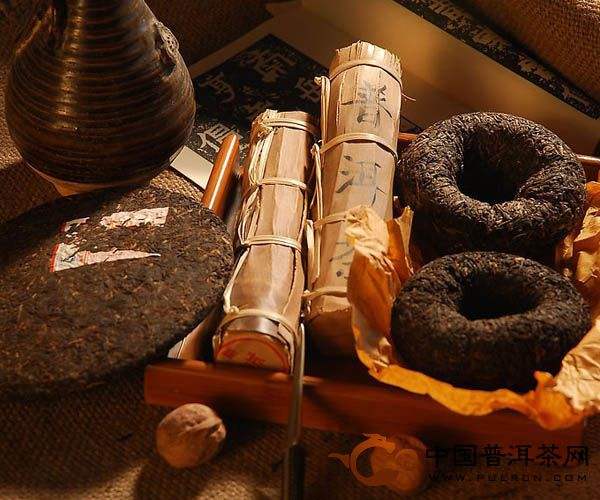
Damp storage makes the raw tea age quickly. Mostly used by tea traders to simulate the natural fermentation process in shorter time, some even pass off damply stored tea as naturally fermented tea. Although wet storage facilitates faster fermen-tation, tea may become moldy if handled improperly.
Thus, damply stored tea is not popular as moldy tea af-fects people’s appetite. There is no unified standard for the correct fermentation of Pu-erh tea. As long as the tea is kept from becoming moldy and acquires fragrance and taste, all methods are acceptable.
Dryly stored Pu-erh tea High-quality dryly stored raw Pu-erh tea has distinct striations. Its color varies from brownish-green to brownish-red and its fragrance is rich and pure. De-pending on the storage time, the tea liquid deepens from red-dish-orange to crimson similar to the color of red wine. The taste is mellow and smooth. The soaked tea leaves are tougher than those of damply stored tea. Dryly stored processed tea is brownish-red when it is dry, its tea liquid bright red and clear.
The color lightens after several brews and it is advisable to boilthe tea after steeping it three or four times. As processed tea is completely post-fermented tea, there is no need to further store it. Sell or drink it immediately.
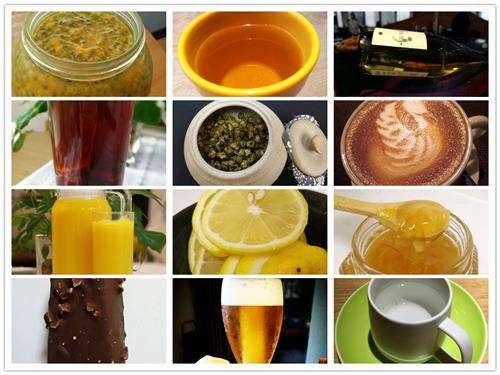
Brewed leaves of dryly stored raw tea
Dryly stored raw tea liquid Dryly stored raw tea cake Damply stored Pu-erh tea If stored properly, damply stored Pu-erh tea will taste no different from other kinds of processed tea though it is often associated with moldy and poor-quality tea. The moldy tea is dark in color with a distinct damp or even moldy smell.
The tea liquid is also dark like soy sauce. The soaked tea leaves are decayed and irritating to the throat. Such kind of tea may adversely affect health and should be avoided.
